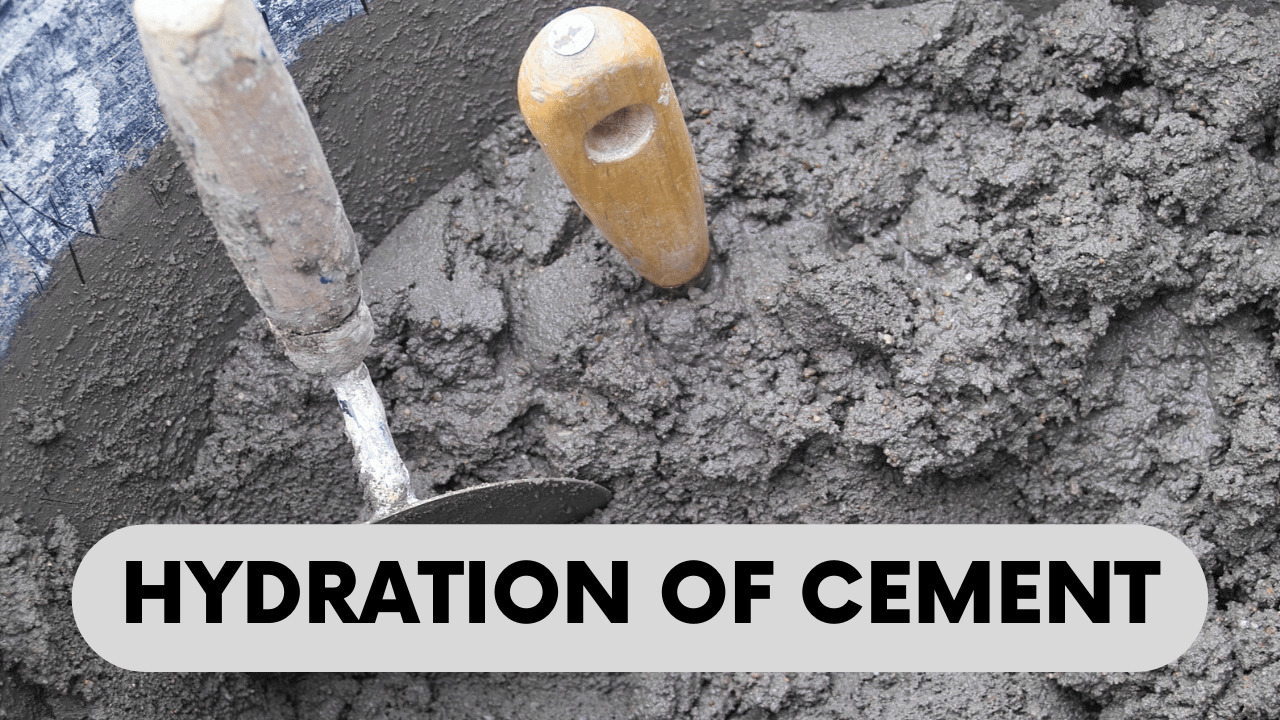During the manufacturing of cement, the chemical composition is to be administered carefully and frequent tests are performed either on hardened cement or plastic cement paste. This is to ensure that the properties of cement do not fall an inch short of desired results that are ought to collimate with the standard recommendations.
The physical properties of cement are its characteristics that relate to its state of matter and its physical or mechanical behavior under specified conditions. These properties are enumerated and explained below;
Table of Contents
1)Fineness
The fineness of cement is related to its particle size. Smaller is the size of a cement particle, finer is the cement. Fineness affects the rate of hydration process; finer is the cement, faster is the strength development process. The effects of greater fineness become conspicuous during the first 7 days.
Significance
The fineness of cement somewhat dictates its strength. With an increase in fineness, early strength development takes place, however, this property of cement does not have far-reaching effects on the ultimate strength. Moreover, increasing the fineness mandates a decrement in the amount of water required for a constant-slump concrete.
Experimental determination of fineness of hydraulic cement
Standard Used:
ASTM C-430
In order to find the fineness of hydraulic cement, a sieve analysis test is to be performed. The sample is placed on a 45µm sieve. A gentle stream of water is used to wet the sample and the spray nozzle is used to wet wash the sample by adjusting the pressure on the nozzle.
The washing operation is to be carried out for 1 minute and during this, the sieve is to be given a horizontal motion. The sample is rinsed with deionized water post washing after which the sieve bottom is pat-dried on a cloth. The sieve and the residue are dried in an oven, after which the sieve is cooled, the finer materials retained are brushed off, and precisely weighed. The fineness of cement is mathematically calculated as;
Where:
The sieve correction factor is the difference between the residue obtained during the test and the value indicated by the electroformed sheet sieve fineness for a standard sample. This difference is expressed as a percentage of test residue.
2)Soundness
This physical property of cement is tested by determining the ability of hardened cement paste to resist to change in volume or shape after setting. If the experimental results dictate the infirmness of cement, it means the cement possibly contains too much hard-burned free lime or magnesia.
Significance:
The determination of soundness of cement helps in figuring out impurities in cement.
Experimental determination of soundness of cement
Standard Used:
BS-196-3: 2005
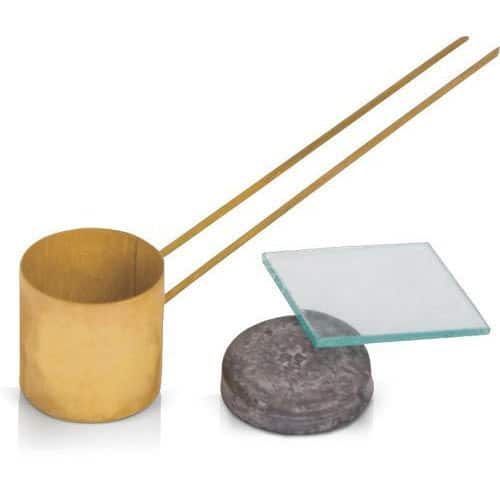
The mold is heated and the distance between the indicators is again measured post boiling and recorded (say B). The sample is again brought back to the room temperature and the distance is once again measured as, say, C. The value of soundness is therefore calculated as;
Soundness = C-A
Greater is the above-computed value, greater is the unsoundness of the cement paste. This is because a higher value reflects poor resistance of cement when subjected to an incremented temperature.
3)Consistency
The consistency of cement refers to the viscosity of paste, which conspicuously is a function of the quantity of water added to the powdered cement. The standard consistency of cement can be determined experimentally and aids in the accurate performance of other physical tests on cement including the setting time and soundness tests.
Significance:
The importance of determining the standard or normal consistency is that it prescribes the amount of water to be added to the cement to produce a paste that purportedly lines up with the standard’s recommendations.
 Experimental determination of normal consistency of cement
Experimental determination of normal consistency of cement
Standard Used:
ASTM C-187
The VICAT apparatus is used to determine the standard consistency of cement. Trial amounts of water are added to powdered cement and the penetration of the plunger is determined for each attempt. The quantity of water that results in a 10-mm free-fall penetration of plunger under standard conditions of mixing, temperature, and humidity is termed as the normal consistency of cement.
4)Setting Time
The setting time of cement paste is an important characteristic and can be regulated. The initial setting time is the duration between the addition of water and placement of the paste in the required area and is usually between 60 to 90 minutes; whereas the final setting time is between post-placement and initial hardening of the paste and is about 3 to 4 hours.
Mortar and concrete must remain plastic for a duration ample enough to carry out the placing and finishing operations just in time. However, this plasticity of the paste or the workability of concrete usually hinges on the amount of water added to the mix and the atmospheric temperature instead of the setting time of cement.
Significance:
It is important to determine the time by which the cement paste will begin to harden and the time by which it will ultimately solidify. This is to ensure proper concreting operations that include concrete transportation, placing, compaction, and finishing.
Experimental determination of setting time of cement
Standard Used:
ASTM C-191
VICAT needle apparatus is used to determine the initial and final setting time of cement. The test includes preparing a cement paste of standard consistency and placing it in the VICAT apparatus. The time for which the 1-mm needle penetrates into the paste by 25mm is the initial setting time.
The final setting time is the time when the needle does not show any appreciable penetration any further.
The ASTM standard implies that the initial setting time should be greater than 45 minutes but less than 375 minutes. Moreover, the final setting time should not exceed 10 hours.
5)False or Premature Set
Premature set refers to the incessant loss of plasticity of cement paste post addition of water. A simple antidote to false setting is the addition of water that restores the plasticity. In order to delay the occurrence of a false set, some construction chemicals (chemical admixtures) can also be added that help the mix retain water for an ample duration.
6)Compressive Strength
The ability of the cement to develop compressive strength is tested by performing compression testing on 2-inch mortar cubes made using medium-coarse sand (standard’s guidelines). The strength test can be performed at different ages to determine the strength development in cement.
Significance:
The compressive strength of cement is one of its most important properties that also gives an indication of the binding strength of the paste.
Experimental determination of compressive strength of mortar cubes
Standard Used:
ASTM C-109

Before the test, the samples are pat-dried and placed in the compression testing machine between steel plates. Each sample is loaded at the rate of 1.4kN/sec and the peak or failure load is noted. The compressive strength is simply the ratio of peak load and the contact area of the specimen.
7)Heat of Hydration
The heat evolved during the chemical reaction between cement and water is termed the heat of hydration. Although the liberated heat is the result of a chemical stirring in the cement, it impacts the physical properties of cement. The rate and amount of heat are important parameters and are to be controlled.
If the heat is not rapidly dissipated, it may result in an undesirable surge in temperature followed by thermal expansion. A sequent drop in temperature may then result in undesirable voids or spaces in the structure.
8)Specific Gravity
The specific gravity of cement is not used to gauge its strength. However, for weight-volume relationships and mixed design proportions, knowledge of specific gravity cannot be disregarded.
Ordinary Portland cement has a specific gravity of 3.15. The value of specific gravity is pertinent to the chemical composition of cement.
Cements made from materials other than limestone and clay may somewhat dictate a different value of specific gravity.
 9)Insoluble Residue
9)Insoluble Residue
Insoluble residue is the non-cementing remnant present in Portland cement. It tends to have a demeaning effect on the compressive strength of cement. This is because, unlike cement, it does not actively participate in binding the materials.
Therefore, the standard has implied limits on the permissible percentage of insoluble residue in the cement. The ASTM standard has imposed an upper value of 0.75% on the amount of insoluble residue in the powdered cement.




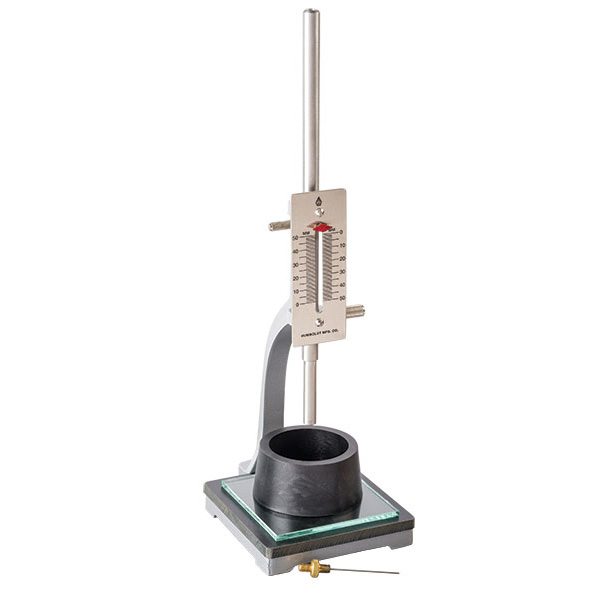

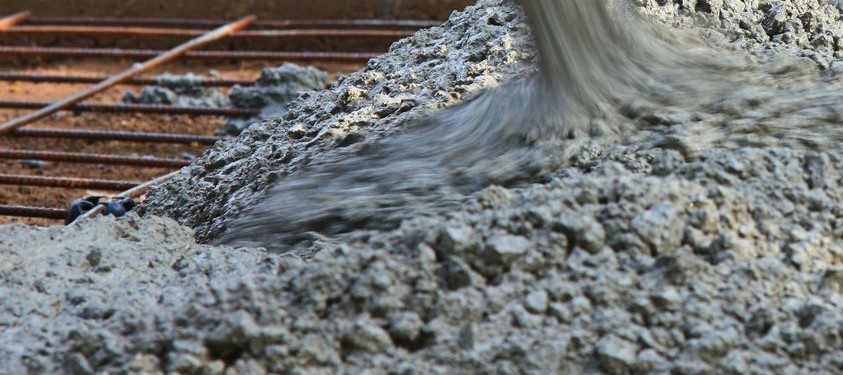
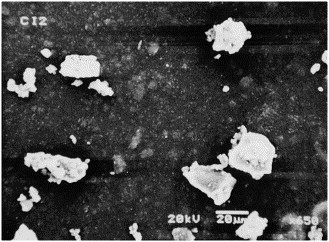 9)Insoluble Residue
9)Insoluble Residue
